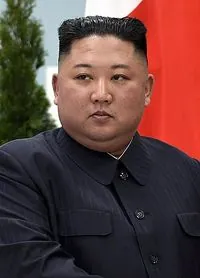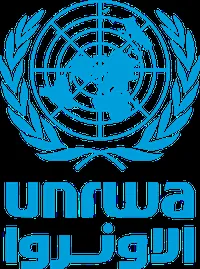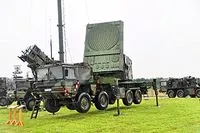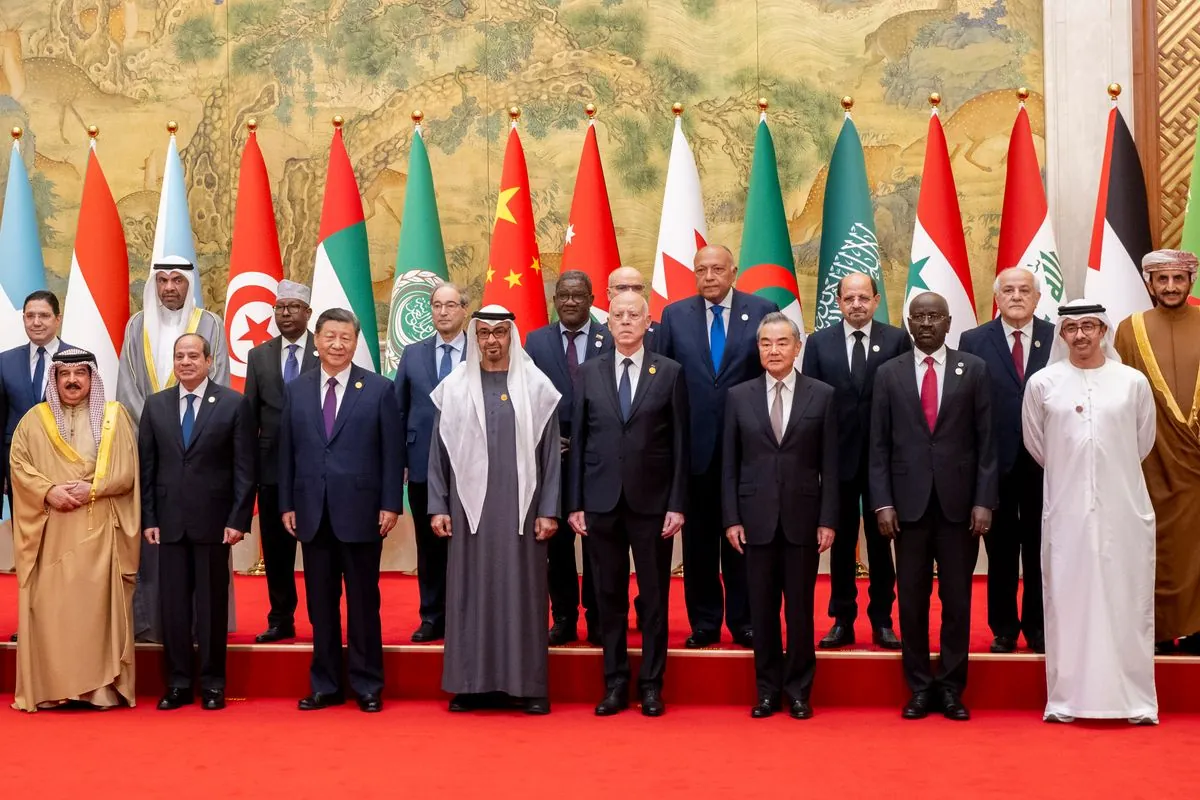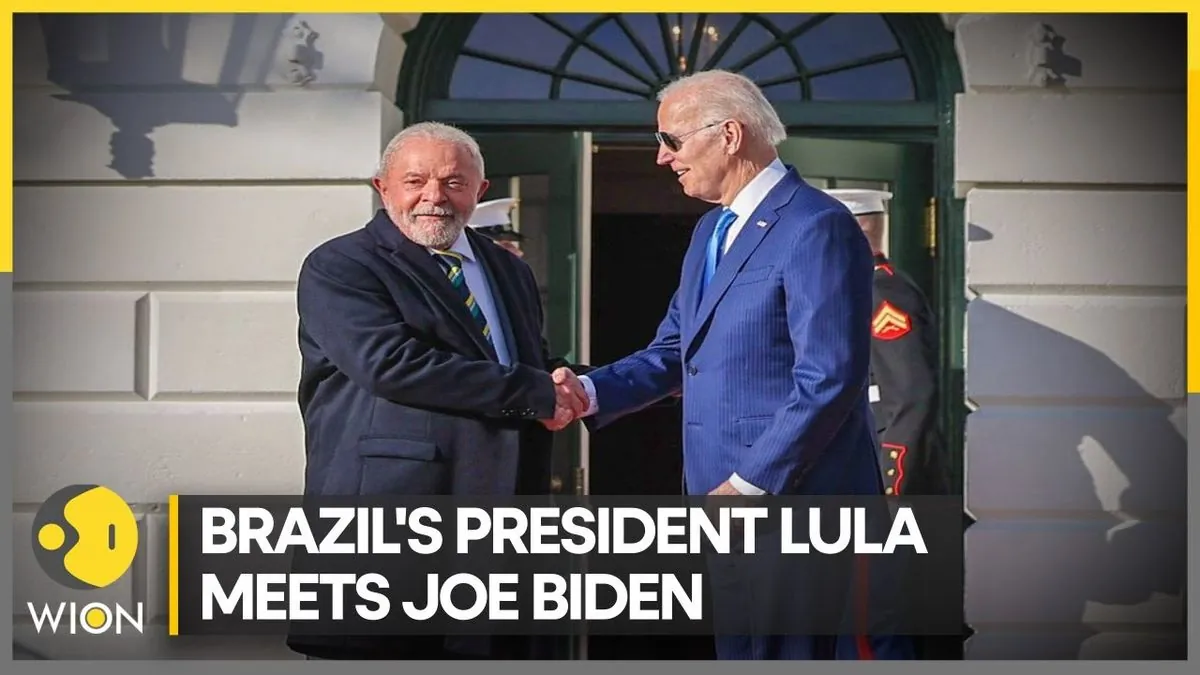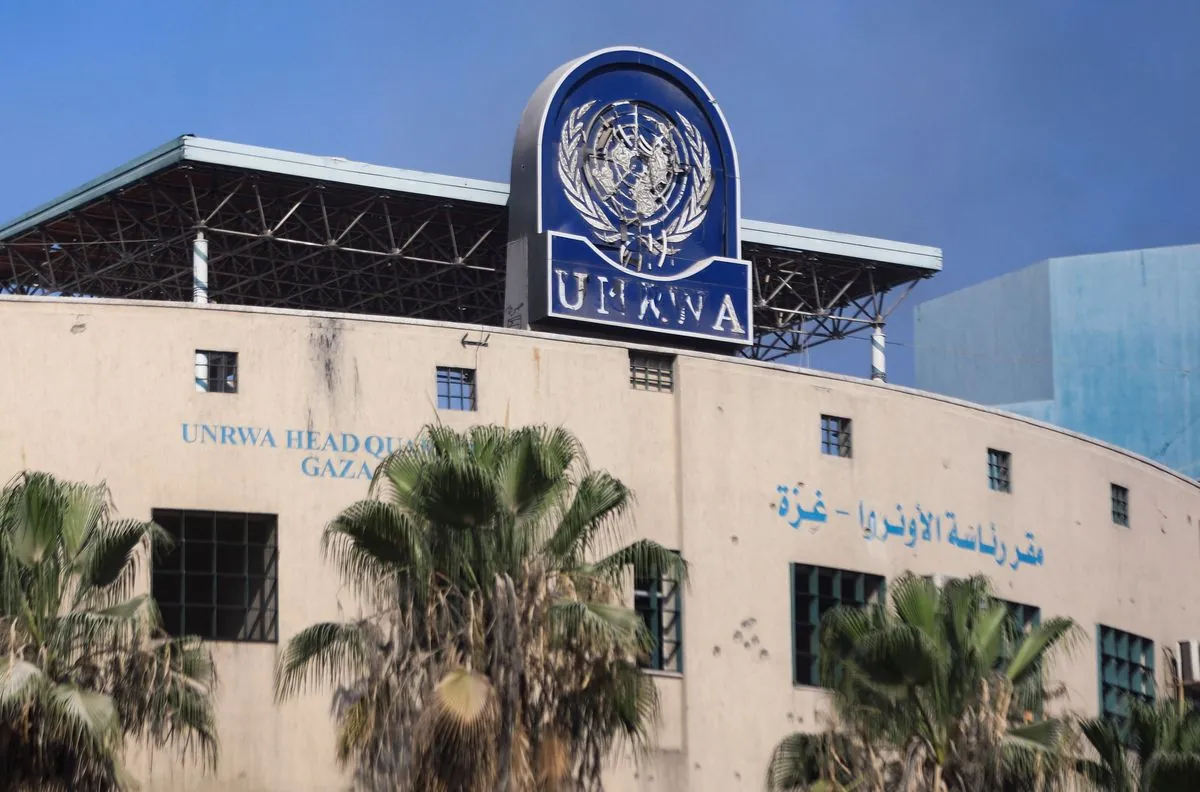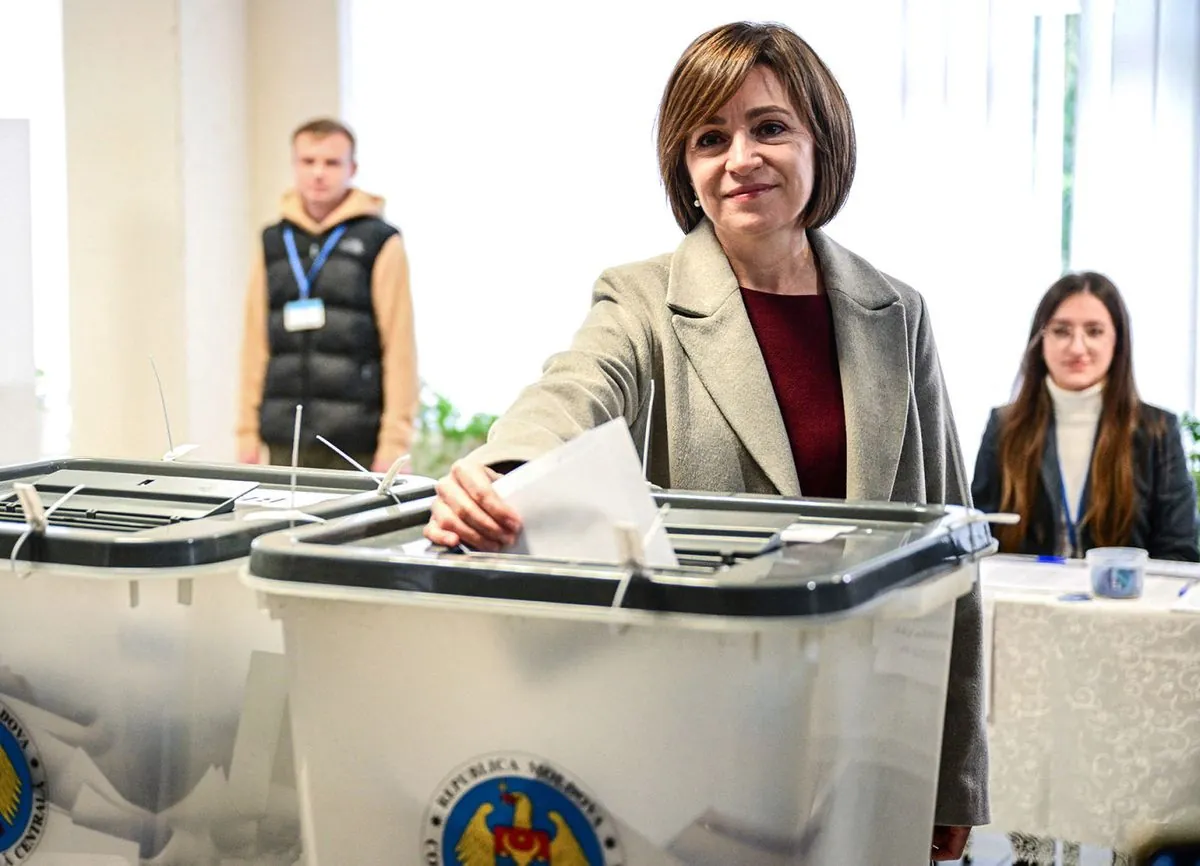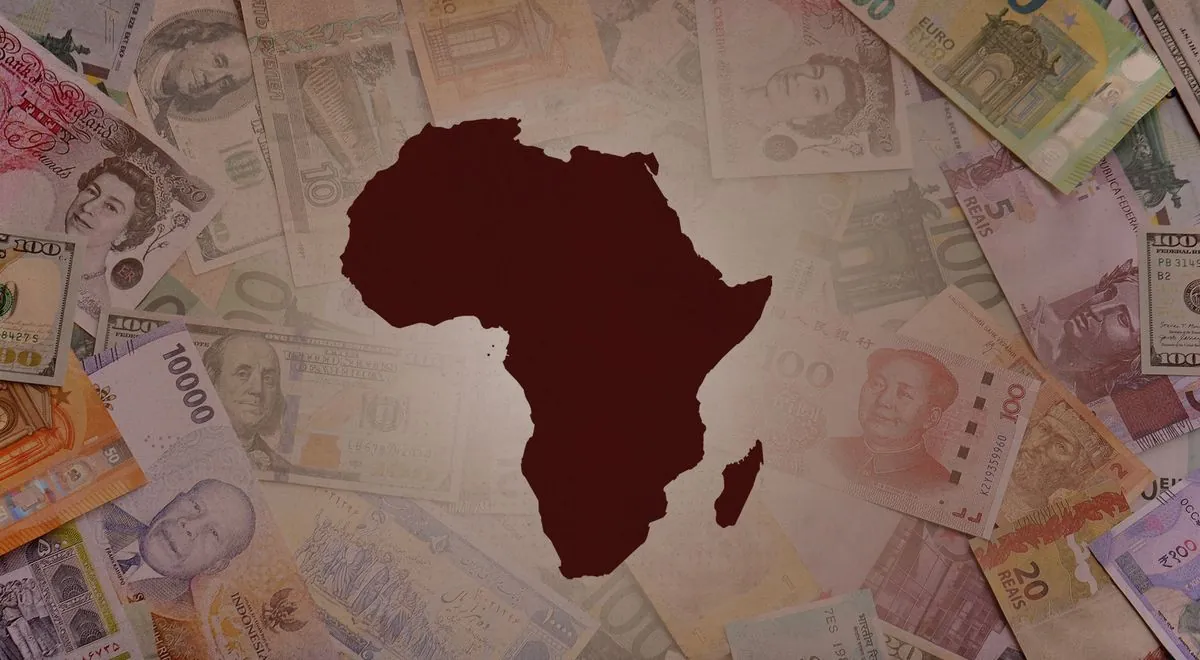Chicago's Ukrainian Village: A Community United by War and Hope
In Chicago's Ukrainian Village, the ongoing conflict in Ukraine remains a constant concern. This tight-knit community, shaped by historical struggles and current events, reflects on political shifts and resilience in the face of war.
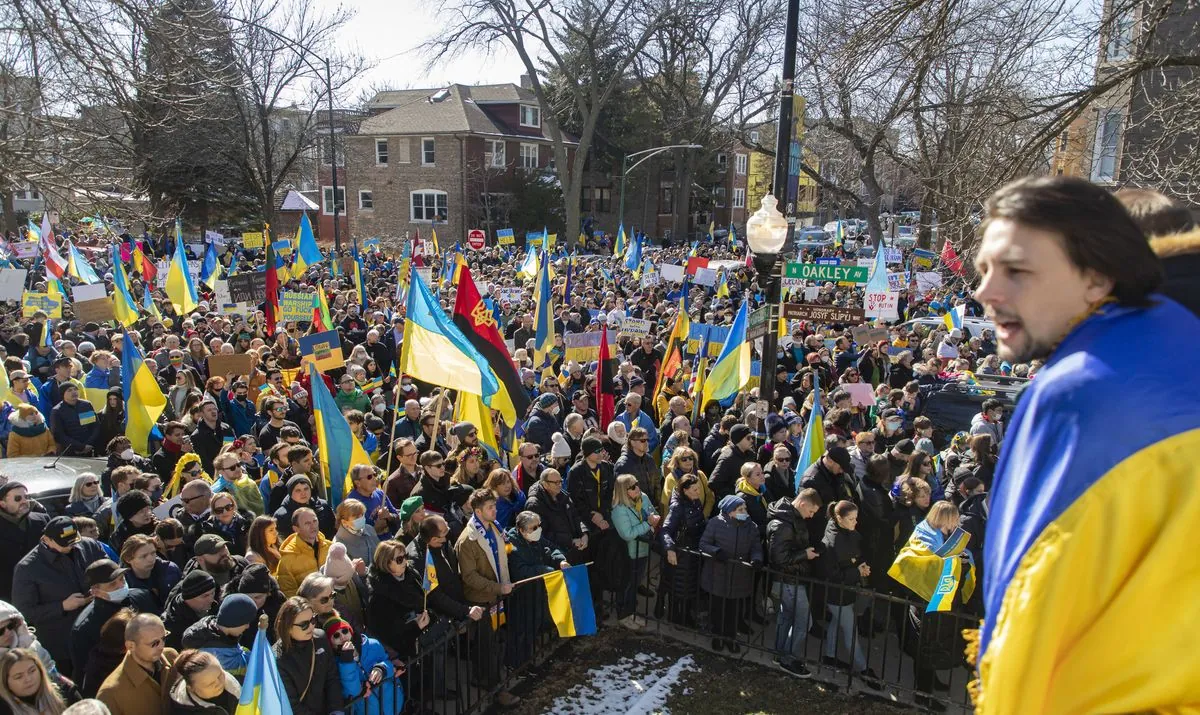
In the heart of Chicago, just a short distance from the United Center where Democrats are gathering this week, lies a neighborhood that serves as a microcosm of Ukrainian diaspora experiences. The Ukrainian Village, officially designated in 2002, has been a center of Ukrainian culture in Chicago since the early 1900s, making it the second-largest Ukrainian community in the United States after New York City.
This compact enclave, steeped in faith and resilience, now grapples with the harsh realities of the Russian invasion of their homeland. The conflict, which began in February 2022, has left an indelible mark on the community, transforming its political landscape and daily life.
Walking through the streets of Ukrainian Village, one encounters numerous reminders of the ongoing war. Storefronts display posters calling for an end to the conflict, while blue and yellow flags - representing the sky and wheat fields of Ukraine - flutter in the breeze. The Ukrainian National Museum, founded in 1952, now features exhibits showcasing the impact of the war on soldiers and civilians alike.
The community's political allegiances have shifted dramatically in recent years. Marta Farion, vice president of the Ukrainian Congress Committee of America, notes that the area was once predominantly Republican. However, the party's perceived indifference to Ukraine's plight has led many to reconsider their political stance.
"This area used to be totally Republican. Ronald Reagan was revered here. When he said 'Tear down this wall!' he was speaking for all of us who suffered under the Soviets."
The memory of Reagan's iconic 1987 speech in West Berlin still resonates with many in the community. However, the current Republican party's approach to foreign policy, particularly regarding Ukraine, has caused significant concern.
Oksana Ambroz, a fashion designer and volunteer tour guide at the Ukrainian National Museum, shares a family history that exemplifies the community's deep-rooted antipathy towards Russian aggression. Her father narrowly escaped death during the Holodomor, the man-made famine in Soviet Ukraine that killed millions between 1932-1933. This historical context continues to shape the political views of many in the Ukrainian Village.
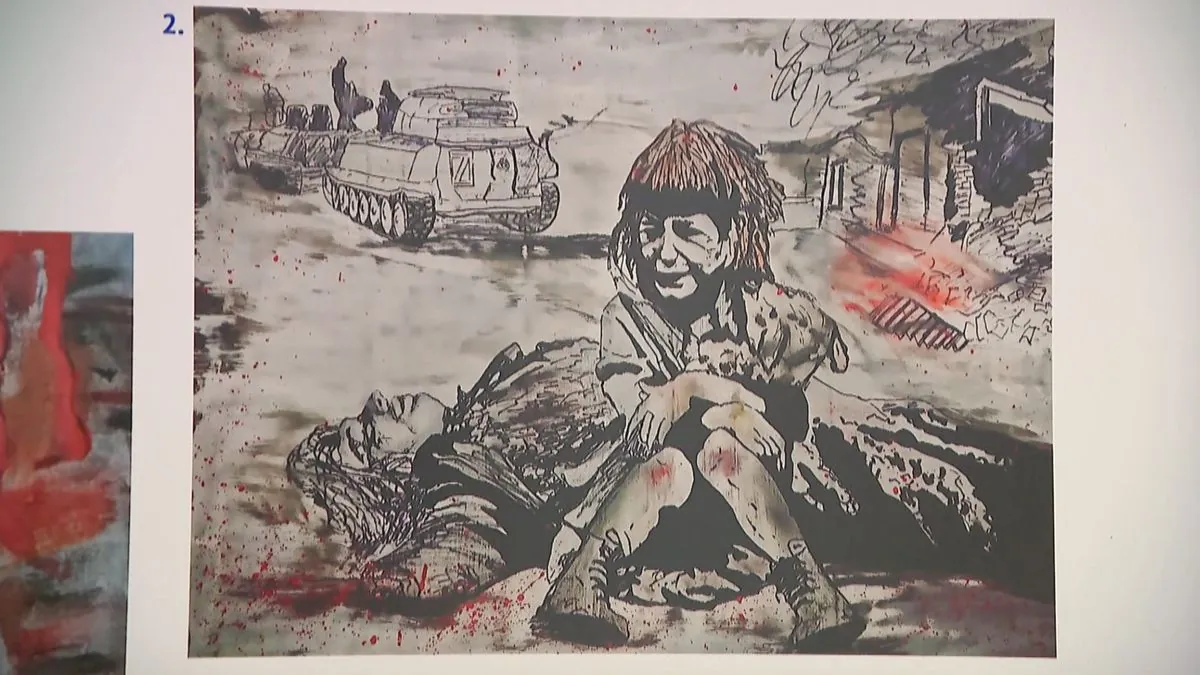
The ongoing conflict has also taken a toll on the mental health of community members. Slava Pillyuyko, a psychiatrist who arrived in Chicago just days before the war began, regularly communicates with friends and family in Khmelnytskyi, Ukraine. He observes the increasing stress and anxiety among those living under the constant threat of shelling.
Despite the challenges, the Ukrainian Village community remains resilient. Ambroz recounts her recent visit to Kyiv, where she witnessed countless acts of everyday heroism. From improvised emergency supplies in elevators to the rapid restoration of damaged businesses, these stories of endurance inspire hope among Chicago's Ukrainian-Americans.
As the 2024 U.S. presidential election approaches, the community watches with keen interest. The outcome could significantly impact Ukraine's future, with many expressing concern about potential shifts in U.S. foreign policy.
In the face of uncertainty, the Ukrainian Village stands as a testament to the enduring spirit of its people. Rooted in a rich cultural heritage and strengthened by shared experiences, this Chicago neighborhood continues to serve as a vital link between Ukraine and America, embodying the resilience of a community united by both war and hope.














